Leona Philpot - "underwater" way to cool the data center from Microsoft
Microsoft's new way to cool the data center
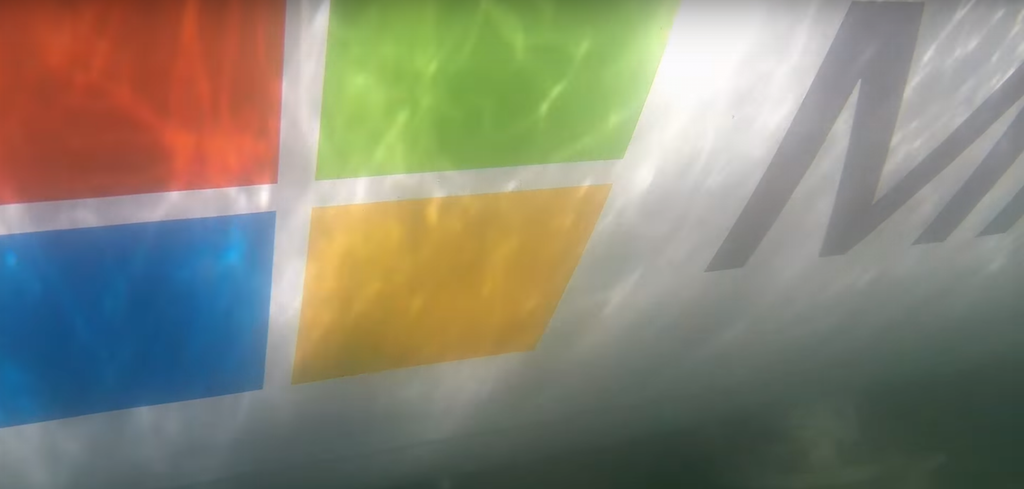
Submerge the computer under water (do not try to reproduce it in real life - this would be the creeping line in the advertisement). But the global giant Microsoft, this action seemed like a great idea. After all, it is known that a considerable amount of electricity is spent on powering server cooling systems, which is not so cheap. Almost half of the total energy consumption of the server farm is spent on cooling devices (air conditioners, chillers, etc.). Therefore, many companies have long been looking for new effective cooling methods for their "brainchildren." Not so long ago, and to be precise, in August 2015, Microsoft decided to save on electricity bills by loading an experimental prototype of a new underwater data center on the seabed. So the prototype of the data center was born under the code nameLeona Philpot according to the Natick project .

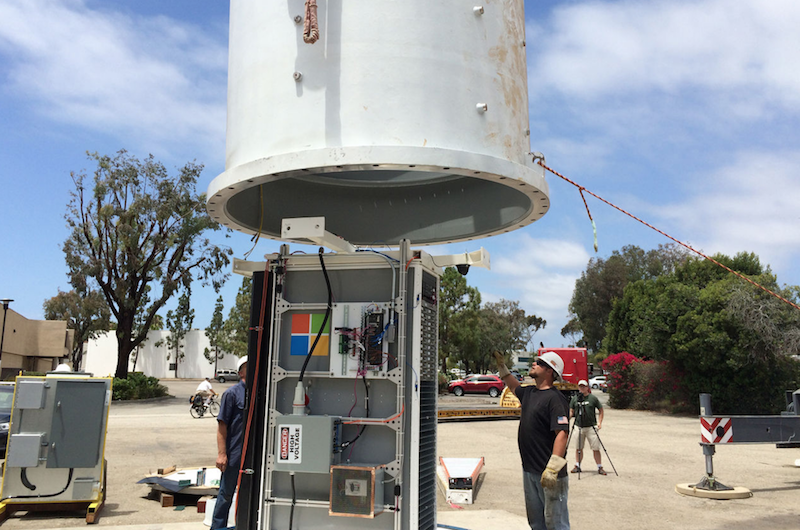
The server farm prototype was submerged a kilometer off the US Pacific coast and has been successfully operated for four months. Leona Philpot was equipped with a large number of heat exchangers, which in turn transferred excess heat from servers to cold water.
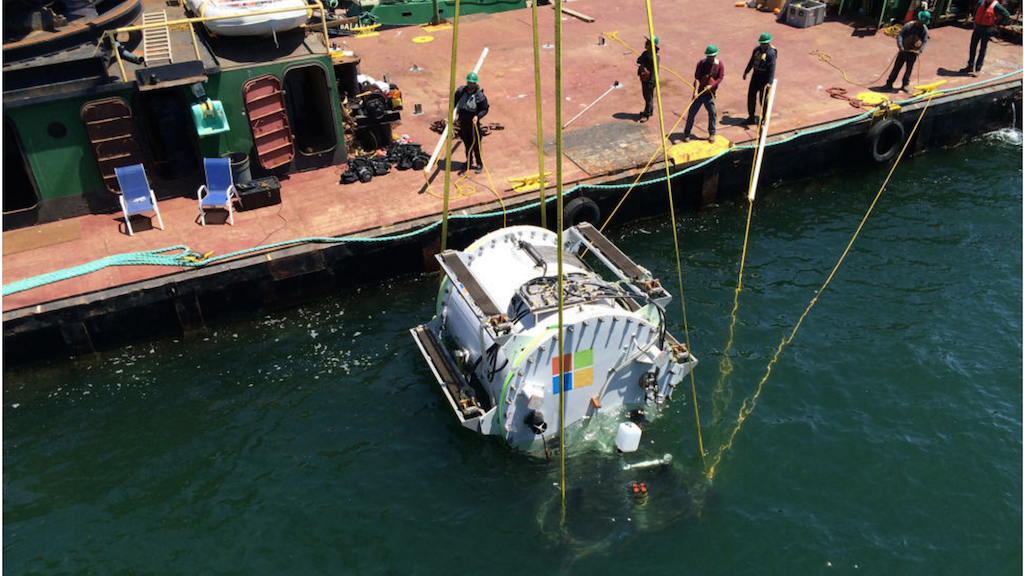
Microsoft engineers argue that this method of optimizing the temperature of server hardware is one of the most effective and at the same time cheap methods of cooling server farms. In addition, it has several advantages. Since about half the population of our planet lives 200 km from the coast (whether it be the sea or the ocean), the location of the data center at the bottom of the “sea” will also contribute to good connectivity.

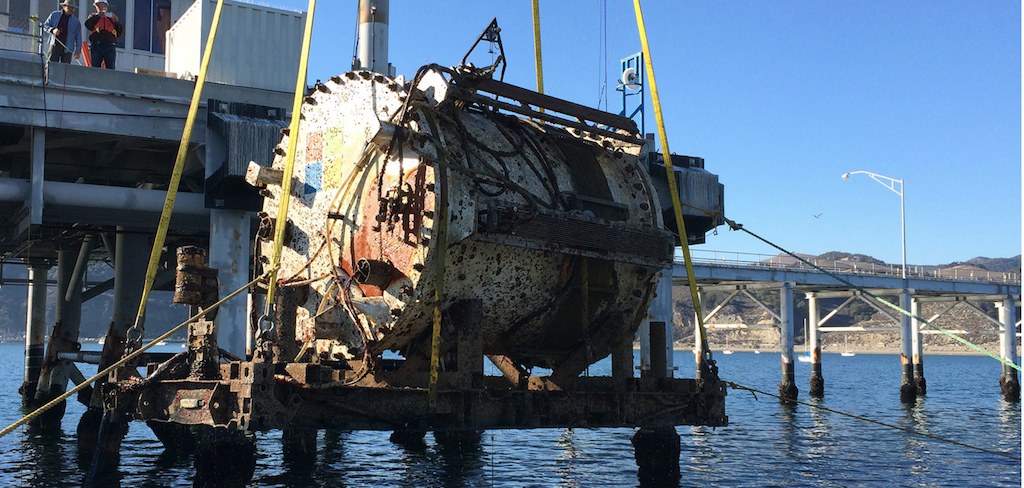
Microsoft claims that such autonomous units can be ready for operation within 90 days, that is, to deploy an “underwater” data center will take only three months, instead of the usual two years (at least one year) of standard construction.
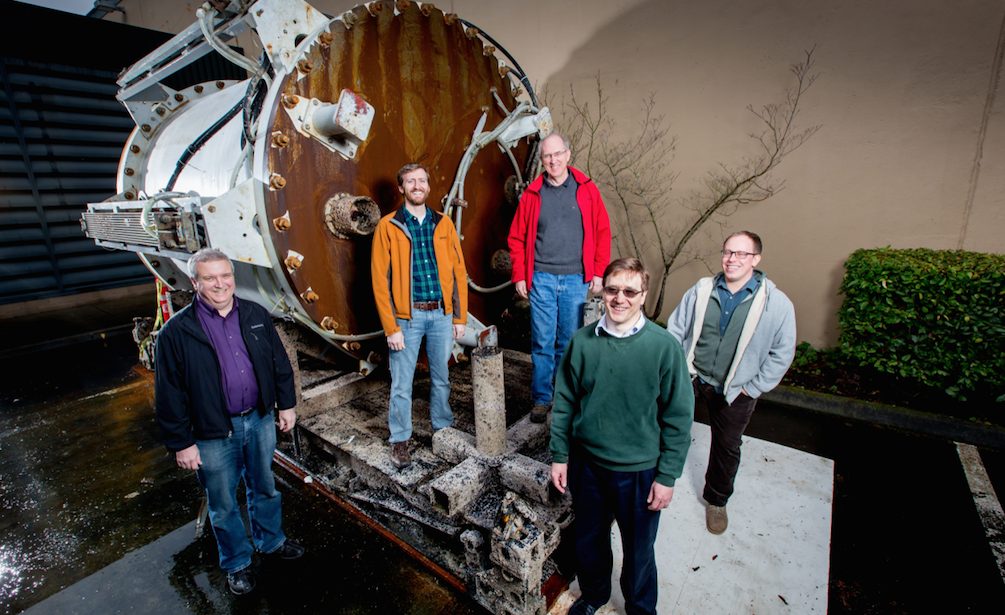
The company will not “submerge” its engineers and personnel together with the data center. Such a solution to this situation is planned: autonomous underwater units with servers on board will have a service life of 5 years (operate non-stop without physical maintenance), after which they will successfully rise to the surface to eliminate / replace possible problems, checks, etc. etc.
